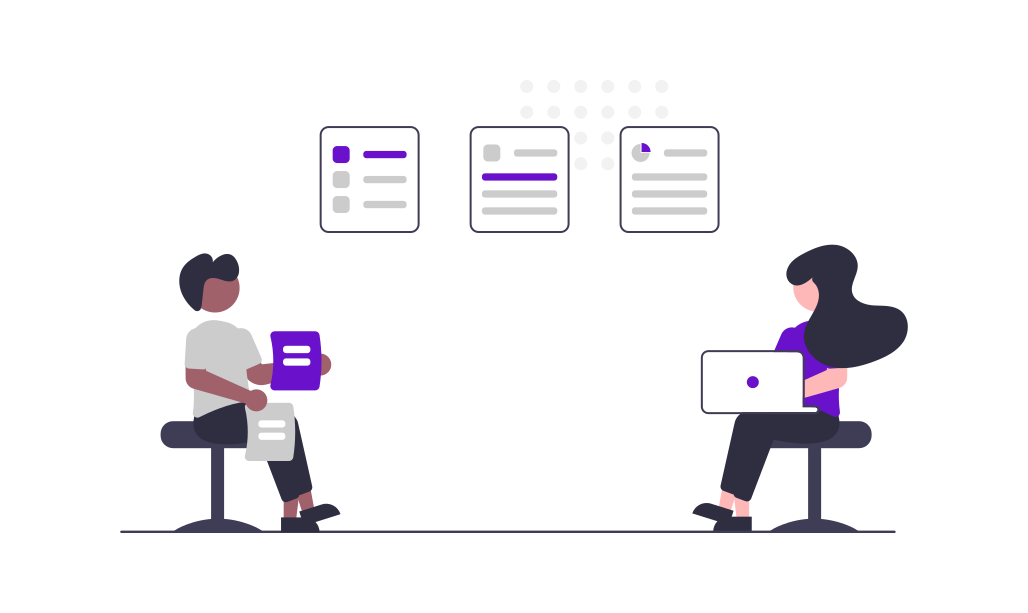The success of B2B marketing campaigns hinges on understanding and optimizing the marketing funnel—an essential framework that guides potential customers from initial awareness to the final decision to purchase. In a data-driven world, utilizing insights derived from robust data analysis is critical to refining this funnel and ensuring a seamless journey for leads. In this blog, we’ll outline a strategic approach to optimizing your B2B marketing funnel using data-driven insights, emphasizing key actions and considerations for each funnel stage.
Understanding the B2B Marketing Funnel
The B2B marketing funnel comprises several stages that a prospect moves through before becoming a customer. These stages typically include:
- Awareness: The stage where prospects first learn about your brand.
- Interest: Prospects engage with your content and show interest in your offerings.
- Consideration: Prospects evaluate your products or services against competitors.
- Intent: Prospects express a desire to purchase.
- Decision: The final stage where a purchase decision is made.
Why Data-Driven Optimization Matters
Data-driven optimization involves leveraging analytics and insights to improve the effectiveness of your marketing efforts across each funnel stage. This approach is critical in B2B marketing because it allows for precise targeting, personalized messaging, and a deeper understanding of customer behavior—all of which lead to higher conversion rates and better ROI.
Stage-by-Stage Optimization Strategy
1. Awareness Stage: Capturing Attention with Precision
- Key Data Points to Analyze: Traffic sources, demographic information, brand awareness metrics, and content engagement rates.
- Optimization Tactics: Focus on understanding where your audience is coming from and which channels drive the most qualified traffic. Use data to identify high-performing content types (blogs, videos, social media posts) and refine your strategies to boost brand visibility among target accounts.
- Actionable Steps: Invest in SEO to rank for key industry terms, create high-value content that resonates with your target audience, and leverage paid media strategically to reach new prospects.
2. Interest Stage: Engaging Your Prospects Effectively
- Key Data Points to Analyze: Time spent on site, page views per session, content interaction rates, email open rates, and click-through rates (CTR).
- Optimization Tactics: Use behavioral data to personalize content and engagement strategies. Identify content that keeps prospects engaged longer and replicate those tactics across your marketing efforts.
- Actionable Steps: Implement personalized email campaigns based on behavior triggers, offer gated content that provides value (like whitepapers or webinars), and use remarketing ads to re-engage visitors who leave your site without converting.
3. Consideration Stage: Nurturing Leads with Valuable Content
- Key Data Points to Analyze: Lead scoring data, webinar attendance, content download rates, and engagement in lead nurturing campaigns.
- Optimization Tactics: Segment leads based on their behavior and engagement levels to deliver tailored content that addresses their specific pain points and needs.
- Actionable Steps: Develop targeted nurturing sequences that deliver content based on a prospect’s stage in the funnel, use dynamic content on your website to adapt messaging in real-time, and refine lead scoring models to prioritize high-potential leads.
4. Intent Stage: Encouraging the Decision to Purchase
- Key Data Points to Analyze: Product page views, demo requests, pricing page visits, and proposal engagement rates.
- Optimization Tactics: Use intent signals such as repeated visits to pricing or product pages to trigger personalized outreach from your sales team. Offer limited-time promotions or personalized demos to push leads further down the funnel.
- Actionable Steps: Integrate live chat or AI-driven chatbots on key pages to assist prospects in real-time, provide case studies or testimonials that align with the prospect’s industry, and use retargeting ads to remind prospects of their intent.
5. Decision Stage: Closing the Deal and Building Loyalty
- Key Data Points to Analyze: Sales conversion rates, deal size, sales cycle length, and customer feedback.
- Optimization Tactics: Streamline the purchasing process by minimizing friction points and providing a clear, compelling path to purchase. Use customer feedback data to continuously improve the buyer’s journey.
- Actionable Steps: Optimize your checkout or signup process for ease of use, provide clear and transparent pricing, and follow up promptly with post-purchase communication to ensure customer satisfaction and lay the groundwork for upselling or cross-selling.
Implementing a Data-Driven Feedback Loop
To ensure continuous improvement, establish a feedback loop that allows for the regular review of performance data and the adjustment of strategies accordingly. This involves setting up a system for:
- Regular Monitoring: Use marketing dashboards to track key performance indicators (KPIs) in real-time.
- Data Analysis: Conduct in-depth analysis to uncover trends and insights that can inform future strategies.
- Strategic Adjustments: Adjust your marketing tactics based on the insights gathered to better align with your goals and the needs of your target audience.
Tools and Technologies for Data-Driven Funnel Optimization
Utilizing the right tools is essential for effective data-driven optimization. Consider investing in:
- CRM Systems: For tracking lead behavior and engagement across the funnel.
- Marketing Automation Platforms: To automate personalized outreach and lead nurturing sequences.
- Analytics Tools: For measuring website traffic, conversion rates, and engagement metrics.
- A/B Testing Software: To experiment with different content, messaging, and design elements.
Conclusion
Optimizing your B2B marketing funnel with data-driven insights is not a one-time effort but a continuous process that requires regular analysis and adaptation. By focusing on the specific needs and behaviors of your target audience at each funnel stage, you can create a more efficient and effective marketing strategy that drives growth and maximizes ROI. Start leveraging data today to transform your marketing funnel into a powerful engine for business success.


